In every industrial sector, raw material handling plays a vital role in ensuring smooth production, cost-efficiency, and workplace safety. It refers to the methods, equipment, and processes used to move, store, protect, and control raw materials before they are transformed into finished goods. Whether in manufacturing, construction, logistics, or food processing, efficient handling reduces waste, improves productivity, and minimizes workplace accidents.
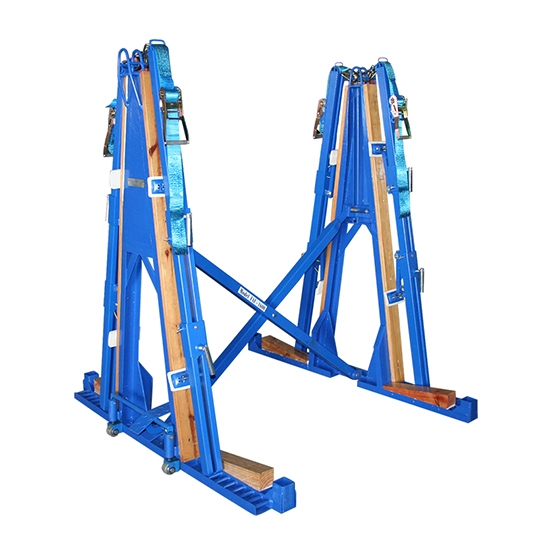
Table of Contents
ToggleWhy Raw Material Handling Matters
Raw materials are the foundation of any production system. Mishandling them can lead to:
- Quality issues – damaged or contaminated raw materials compromise finished products.
- Increased costs – inefficiencies in transportation or storage raise production costs.
- Safety hazards – improper use of material handling equipment increases risks of injury.
For this reason, businesses across industries invest in industrial material handling solutions, ranging from manual material handling tools to automated material handling systems.

Types of Raw Material Handling Equipment
1. Manual Material Handling Tools
Basic devices like trolleys, dollies, and carts are used for small-scale or short-distance movement. They are cost-effective but require strict adherence to safety tips for manual handling.
2. Automated Material Handling Systems
Automation transforms efficiency. Conveyors for material handling, AGVs, and robotic arms reduce dependency on labor while increasing speed and accuracy.
3. Warehouse and Storage Systems
From bulk material handling systems to warehouse material handling equipment, these ensure raw materials are stored systematically and retrieved quickly.
4. Heavy-Duty Lifting Equipment
For large or fragile raw materials like stone or glass, specialized tools such as Aardwolf slab lifters, vacuum lifters, and jib cranes guarantee safe lifting and transport.
Raw Material Handling in Different Industries
- Manufacturing – Efficient handling of steel, plastics, and chemicals prevents production delays.
- Construction – Heavy loads like cement, blocks, and stone transport require robust lifting equipment.
- Logistics – Raw materials move from suppliers to factories through cranes and forklifts.
- Food Industry – Specialized pharmaceutical material handling systems and hygienic conveyors ensure safety.
Key Steps in the Raw Material Handling Process
- Receiving – Unloading raw materials with forklifts or cranes.
- Movement – Using conveyors and trolleys to transport within facilities.
- Storage – Organized shelving, bins, or bulk material handling equipment.
- Distribution – Delivering materials to production lines efficiently.
For a detailed overview, see What Is Material Handling Process?.
Benefits of Effective Raw Material Handling
- Improved Efficiency – Automated systems reduce delays and human error.
- Safety – Using proper lifting devices minimizes accidents.
- Cost Reduction – Streamlined systems lower operating costs.
- Sustainability – Practices like sustainable transport frames reduce waste and environmental impact.
Safety in Raw Material Handling
Safety cannot be ignored in handling raw materials. Employees should be trained through material handling training programs and provided with the right protective gear. Safe practices include:
- Wearing proper attire (avoid loose clothing).
- Using the right equipment for heavy loads.
- Following material handling safety standards.
Choosing the Right Equipment
Selecting the right system depends on:
- Type of raw material – bulk solids, fragile glass, or heavy stone.
- Scale of operation – small businesses may use low-cost solutions, while large industries rely on automation.
- Design considerations – balance between manual flexibility and automated efficiency.
For an in-depth guide, see What Is Bulk Material Handling Equipment?.
Conclusion
So, what is raw material handling? It is the critical process of moving, storing, and controlling raw materials safely and efficiently to fuel production systems. From manual carts and forklifts to automated conveyors and cranes, material handling shapes productivity, cost savings, and safety across industries.
By adopting the best material handling equipment for warehouses, aligning with safety standards, and integrating automation, businesses can ensure that their raw materials reach production lines undamaged, on time, and at lower cost.
✅ Related Resources
- ToolRange – Affordable material handling solutions
- Stone Transport Frames
- What Is Material Handling?
- How Does Material Handling Impact the Human Labor Force?

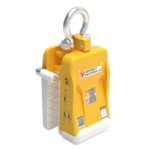
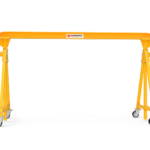
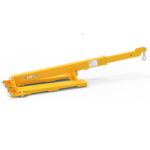

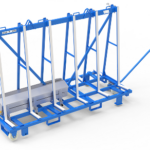

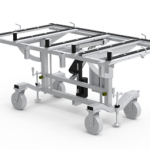
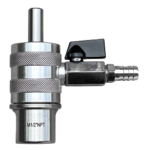
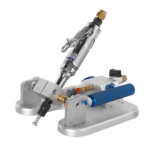
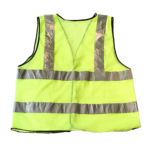



.gif)
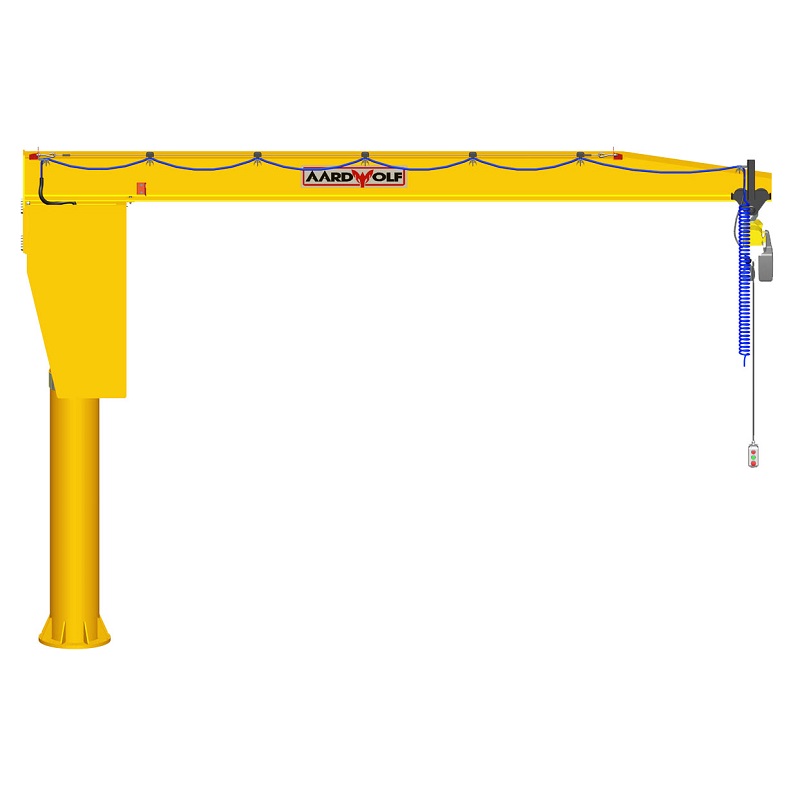


Please log in to leave a comment.